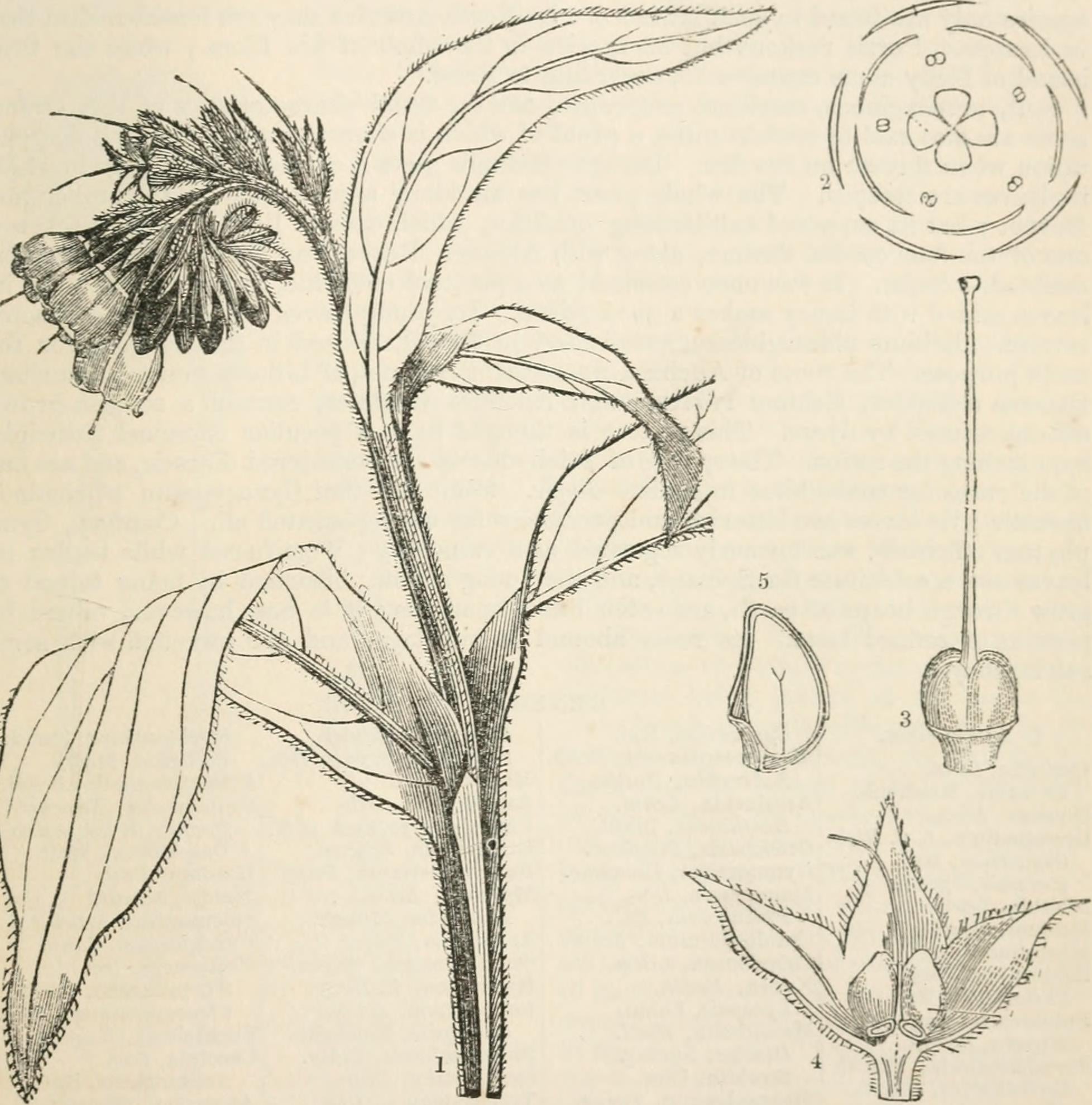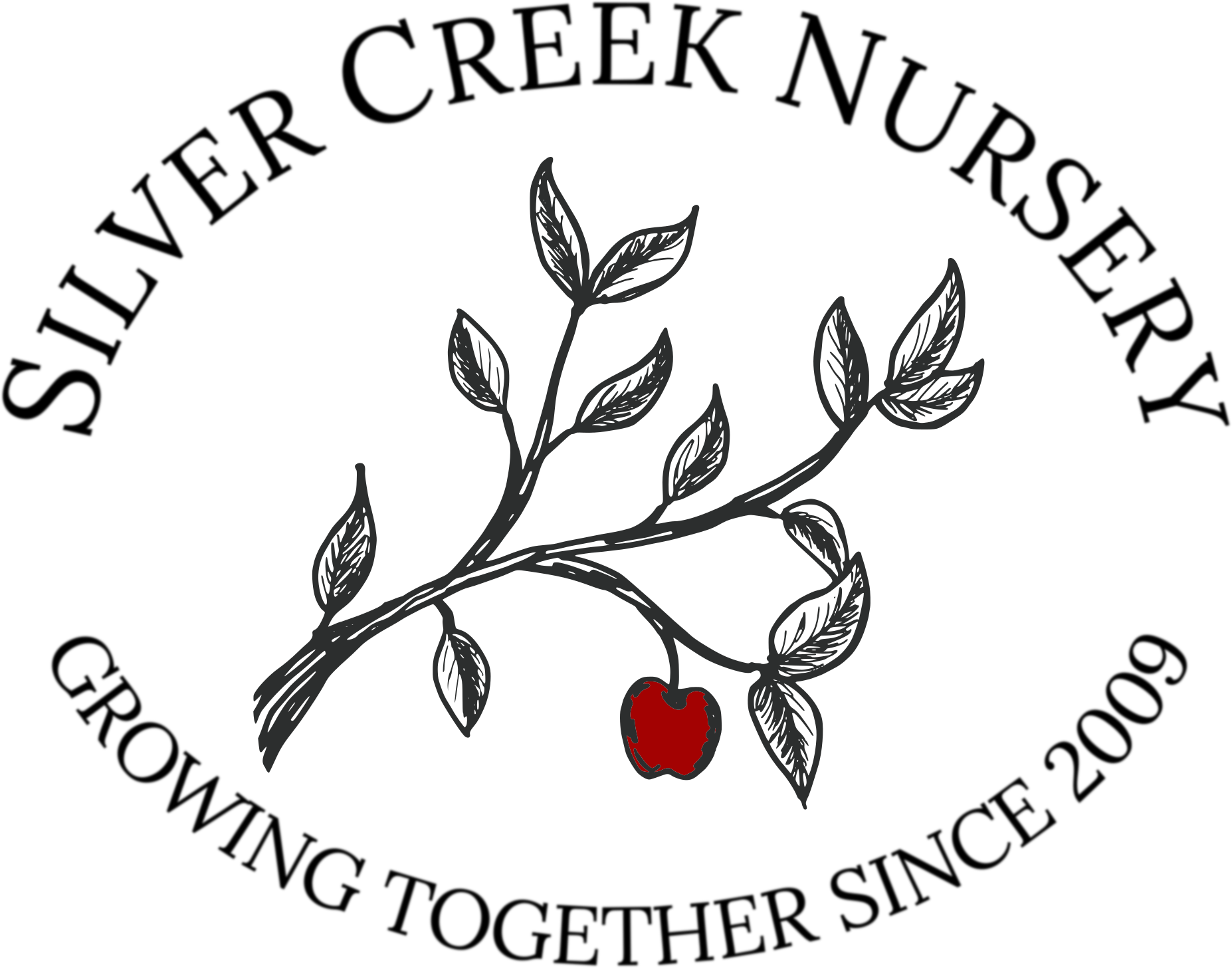
Planting Guidelines
Welcome to the blog!
Thanks for choosing us to grow with. Today we are going to take a few moments to talk about planting for two different types of trees: Bareroot & Potted because they are slightly different!
Let’s unbox your new BAREROOT addition together so we can ensure you are on the right path for a long, healthy relationship together.

Let’s dig in! If you haven’t done so already - open the box! Take the tree out of the box (it should stay in the sawdust bag until planting time). Get a bit messy and check that the roots are moist. Good, now take your new tree and store it in a cool, dark place until you are ready to plant (ideally within 24 hours).
WHY? We want the tree to stay as dormant as possible and the roots protected; we don’t want your new tree to be introduced to the sun just yet.
Here are the bare bones of a BAREROOT planting session:
Remember the FIVE Ps for BAREROOT TREES:

- Plant Immediately (within 24 hours)
- Protect trees from warmth & freezing (0° C to 5°C is ideal) until roots are in the ground
- Prune off the top 1/3 of each tree after planting
- Pour water on new plants weekly in the first year
- Provide each tree with a trunk guard before winter
By the way…How did the tree get lost? It took the wrong root.
Let’s not do that – keep reading for more details!
PLANTING: Timely planting of bare root plants is essential. Our trees have been freshly dug, then stored in a controlled environment at the nursery until they reach you. Keep the plants in a cool, dark place and never let the roots dry out. Bare roots are particularly sensitive to wind and sun, and love being planted on a grey, rainy day.
Take the tree out of the bag (careful not to cut into the roots), then soak the roots in a pail. We use a 5-gal pail for 20 min. and add in mycorrhizal inoculant which we then water the tree with. Dig the planting hole large enough to allow roots to evenly spread in all directions to anchor the tree, about 40-50 cm wide and deep. Reserve the soil, plant the tree, and backfill the hole with the native soil that you dug. Please don’t use the sawdust from our packaging – our tree won’t like being planted in that long term.
Nursery stock should be planted at the same height or a little deeper than it grew in the nursery. Leaving roots exposed will stress the plant.
However, be careful that the grafted portion of the tree is not buried, or it may take root and bypass any dwarfing effect of the rootstock. Install a (bamboo) stake and securely tie the tree to stake to limit movement, but not too tightly or you may girdle the tree.
AFTER CARE: Pruning off the top 1/3 of the tree may seem drastic, but it is very important. The roots will have less top growth to feed until they become established, balancing out the root to shoot ratio. We recommend pruning 1/3 away for the first 3 years of the tree’s life while it establishes itself.
Water is the most important nutrient for newly planted trees. Water trees at planting time and at least weekly when there is less than one inch of rainfall per week, in the order of approximately one 5-gallon pail per week – if you are unsure when to water, feel the soil. It should be moist but not muddy. Plastic spiral guards (or fine mesh) are recommended for effective protection against mouse and rabbit damage. Apply the guards in October and push them down slightly into the soil.
Remove in April, or once other vegetation breaks dormancy and threat of griddling is past in your area.

FERTILIZING & MULCHING: In healthy soil, fertilizing is not necessarily needed. High concentrations of fertilizer (including manure and compost) near the roots can have a burning effect. In depleted soils, fertilize with bonemeal (high in phosphorus which promotes root growth) or high-quality compost, but be sure to mix it into the soil, not directly onto roots. Mulching the top of the soil with leaves*, natural wood chips*, straw* or pea stone is highly recommended as the practice conserves soil moisture, reduces weed pressure, and helps to slowly release nutrients into the soil as they decompose.
Using a mycorrhizal inoculant soil drench (or added to the pre-planting soak mentioned above) is always recommended especially when planting into a site without trees nearby: the inoculant prepares the soil ecosystem by adding the mycorrhizal fungi necessary for trees growth by helping the tree get nutrients from the soil right away. Comfrey planted around the drip line of the tree (~1m radius) is an excellent natural, long-term fertilizer – plus its beautiful and the blooms feed the bees!
Materials with an asterisk*: mulch ~15cm+ thick in a donut around the tree in a radius ~40cm. For pea stone, 5cm thick will suffice. Make sure the material is not heaped on the trunk.
Now let’s talk about planting a potted fruit tree that you have bought from our much-loved potted tree section from our Nursery!
 Our trees are sturdy, but you want to be careful when you transplant them. Try not to knock all the soil loose. If the roots are circling in the pot however, you want to carefully loosen those out a bit.
Our trees are sturdy, but you want to be careful when you transplant them. Try not to knock all the soil loose. If the roots are circling in the pot however, you want to carefully loosen those out a bit. The THREE Ps for POTTED FRUIT TREES are:
- PRUNE In spring, prune the tree if you didn’t do this before
- POUR water weekly when your tree is dry for the first year
- PROTECT each tree from critter damage (spiral tree guard)
PLANTING: Prepare by watering the potted tree with some mycorrhizal inoculant. Dig your hole: ensure it is large enough to fit the plant and loosen the nearby soil for the tender new roots to grow into, about 40-50 cm wide and deep, and reserve the soil. Plant the tree, and alternate backfilling with the native soil and watering with more mycorrhizal inoculant (we use Root Rescue).
Nursery stock should be planted at the same height or a little deeper than it grew in the nursery. Leaving roots exposed will stress the plant. You will want to be careful that the grafted portion of the tree is not buried, or it may take root and bypass any dwarfing effect of the rootstock. Install a stake and securely tie the tree to stake to limit movement, but not too tightly or you may girdle the tree.

For dwarf trees you will need a permanent stake, for semi-dwarf and full size this is optional but adds visibility which is nice for mowing.
AFTER CARE: We recommend pruning 1/3 away for the first 3 years of the tree’s life while it establishes itself. For potted trees, this means 1-2 years on your end.
Water is the most important nutrient for newly planted trees. Please refer to the watering section above in our BAREROOT Water instructions
Holistic Spray is something we also do as a preventative measure when planting all our trees. Holistic spray is as a general use, all natural way to help deter insect pests and help mitigate disease. You can find more information on this HERE - to jump to the recipe we use, click HERE.
FERTILIZING & MULCHING: Please refer to this section above, as it’s the same as our suggestions for BAREROOT.
Happy planting!
